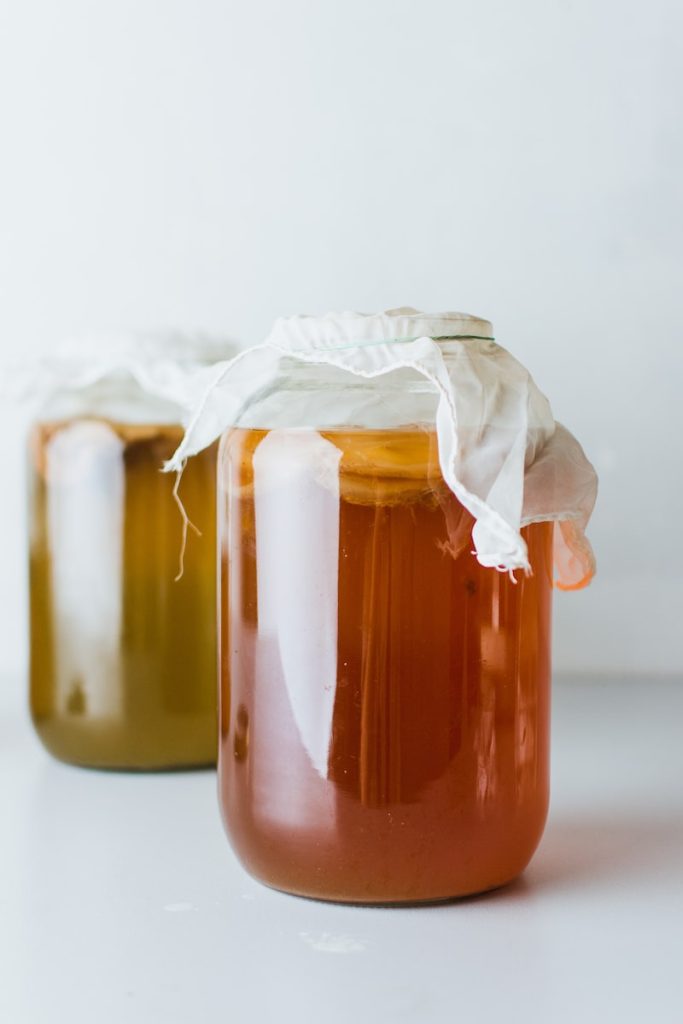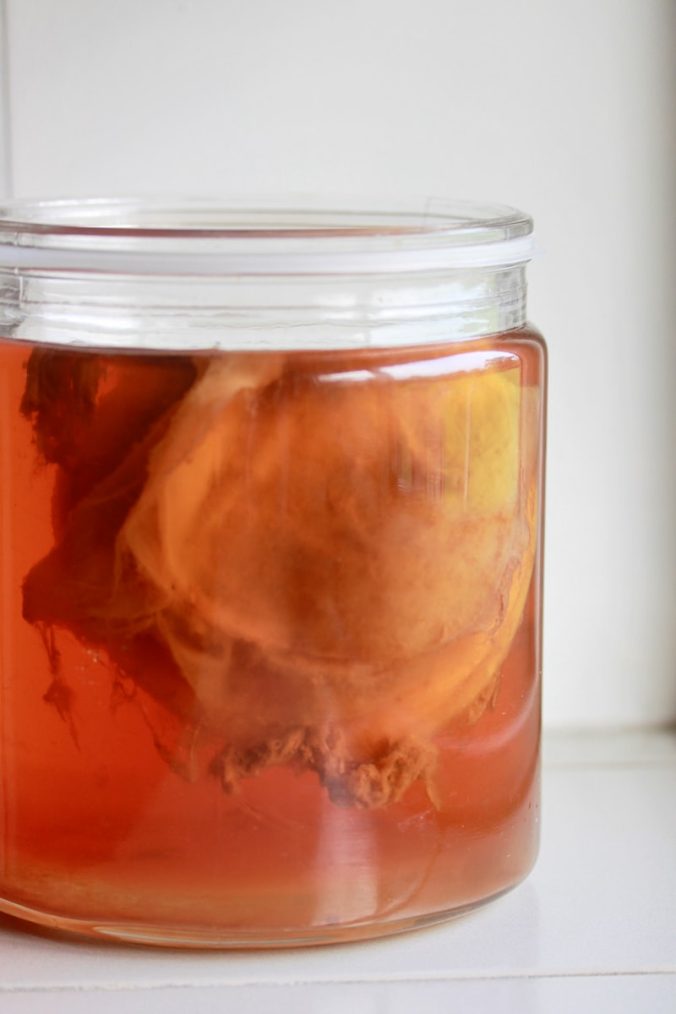They say trends come and go, but are always going to come back. Tastes seem to circle around our lives and everything goes and comes out of fashion as quickly as they come in. Some things stay in fashion such as tea, sweatpants and flip flops while others quickly come and go like mc hammer pants, vanilla ice comb overs and really many things from the 80′s!
Not saying that anything is wrong with the 80′s but that is not what we are here to talk about today. Right now we are here to talk about one of the oldest spins on tea which is the Kombucha tea type. According to Wikipedia,
http://en.wikipedia.org/wiki/Kombucha , Kombucha has been around since the Qin Dynasty ; which is 221-206 BCE in case anyone forgot. That is a pretty long time to say the least, and at that time it was known as “Godly Tsche or just tea.
So we know this tea is old, but what else is it really? Well Kombucha tea is made when you let tea ferment with sugar and tea. Generally speaking the basis of Kombucha is black tea which has been fermented by a SCOBY.
What is a SCOBY you might ask, well don’t worry if you have no idea what the word is as it is actually an acronym for “symbiotic colony of bacteria and yeast” IF you have never seen one before don’t worry as before I was introduced to the Kombucha tea making process I would’ve never imagined what I came face to face with during my initial introduction. It really looks like a flat jellyfish, or a doughy pancake.
So you have this pancake, often referred to as the mother, and you put tea with it. Now what? Well you wait, and you wait and you wait….
Depending on things such as the temperature in the environment, the caffeine in the tea, the amount of sugar used, as well as the type of sugar used will determine how long you have to wait for your tea to turn into Kombucha.

Well this is just the intro to Kombucha, so if you are looking for a great place to get tea online then just take a look at our site and see if you can grab some nice teas to be your base for your Kombucha journey.
There are some guidelines as far as the teas to use, but we will cover that in the upcoming articles!
